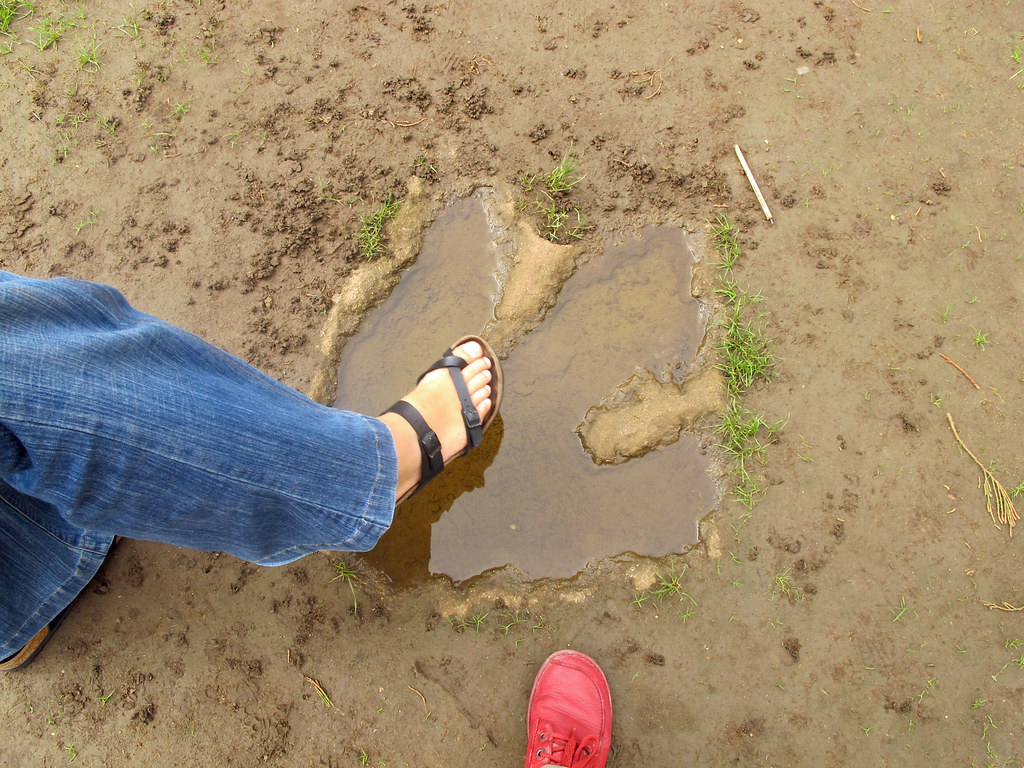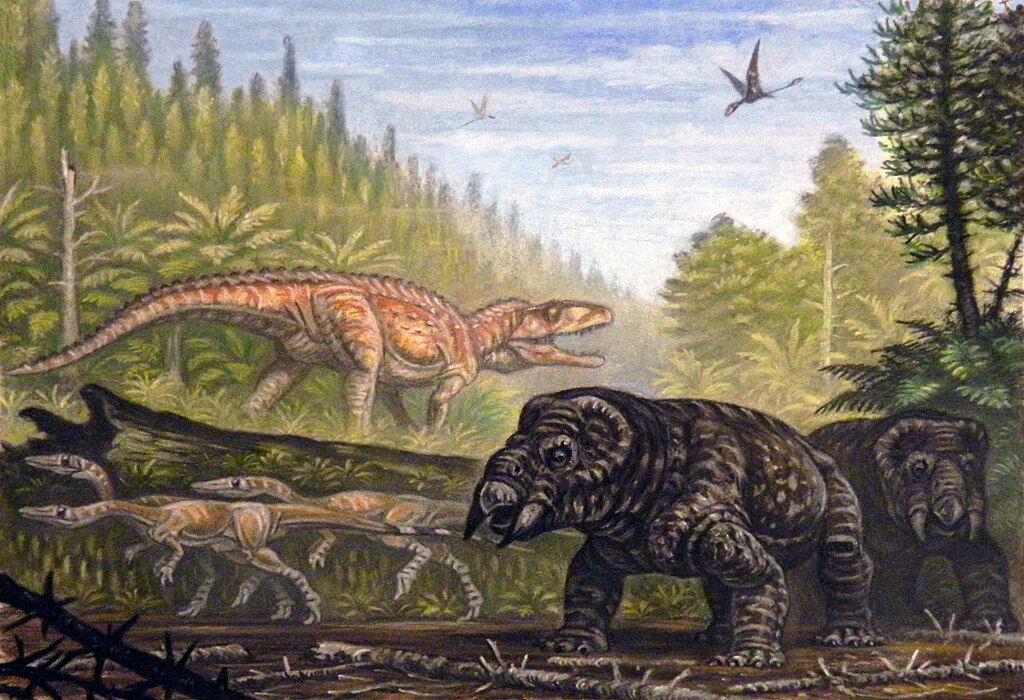The world of paleontology has been enriched by some truly remarkable discoveries, yet few capture the imagination quite like those made by children. There’s something magical about a young explorer stumbling upon ancient bones that have been waiting millions of years for someone to notice them.
These incredible finds remind us that curiosity and keen observation can lead to groundbreaking scientific discoveries. From backyard adventures to family hiking trips, children continue to make their mark in the fossil record, proving that you don’t need decades of training to uncover the secrets of Earth’s prehistoric past.
The Seven-Year-Old Who Discovered a “Platypus Dinosaur”
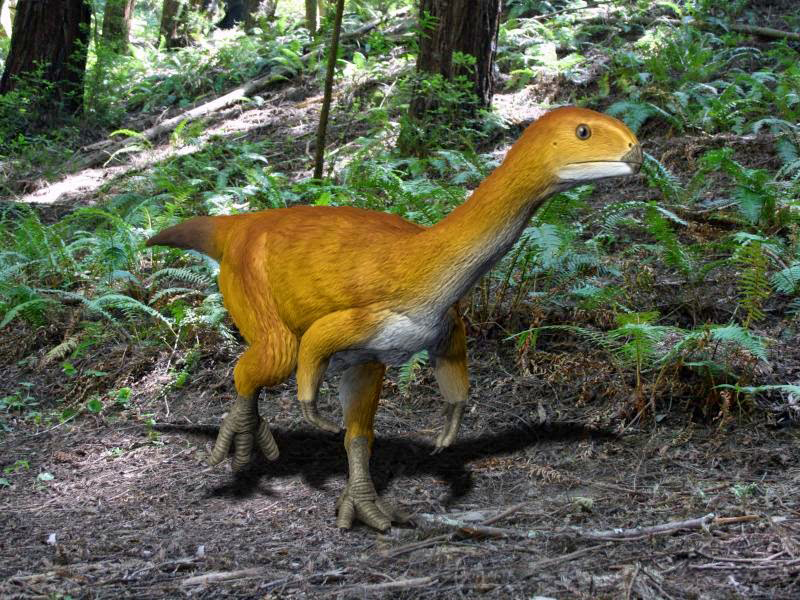
In 2004, Chilean Diego Suarez was playing in the forests of Aysen when he stumbled upon some pieces of vertebrae from a prehistoric creature. Chilesaurus was first discovered on 4 February 2004 by a seven-year-old named Diego Suárez. He and his parents, the geologists Manuel Suárez and Rita de la Cruz, were searching for decorative stones in the Aysén Region, and uncovered a vertebra and rib from what would later be named Chilesaurus.
Chilesaurus was named in 2015 by a team of Argentinian and Chilean palaeontologists, but the first fossils were found in 2004 in Chile by seven-year-old Diego Suarez. The species name, diegosuarezi, is named after him. Palaeontologists are referring to Chilesaurus diegosuarezi as a ‘platypus’ dinosaur because of its extremely bizarre combination of characters that include a proportionally small skull and feet more akin to primitive long-neck dinosaurs. Palaeontologists are referring to Chilesaurus diegosuarezi as a ‘platypus’ dinosaur because of its bizarre combination of characters that resemble different dinosaur groups.
Such dentition would be unique among theropods, and is typical for a herbivore, indicating Chilesaurus was a plant-eater. This combination of features, Novas says, give the dinosaur away as “a strict plant eater.” Nearly thirteen years later, the young man now boasts an incredible finding and an official Guinness World Records title. Diego is proud to have made such a discovery at this age, and advises the following words of wisdom to young adventurers: “Just because the world thinks something does not exist, doesn’t mean it is not there,” – Diego Suarez
Three Boys and Their Teenage T-Rex Discovery
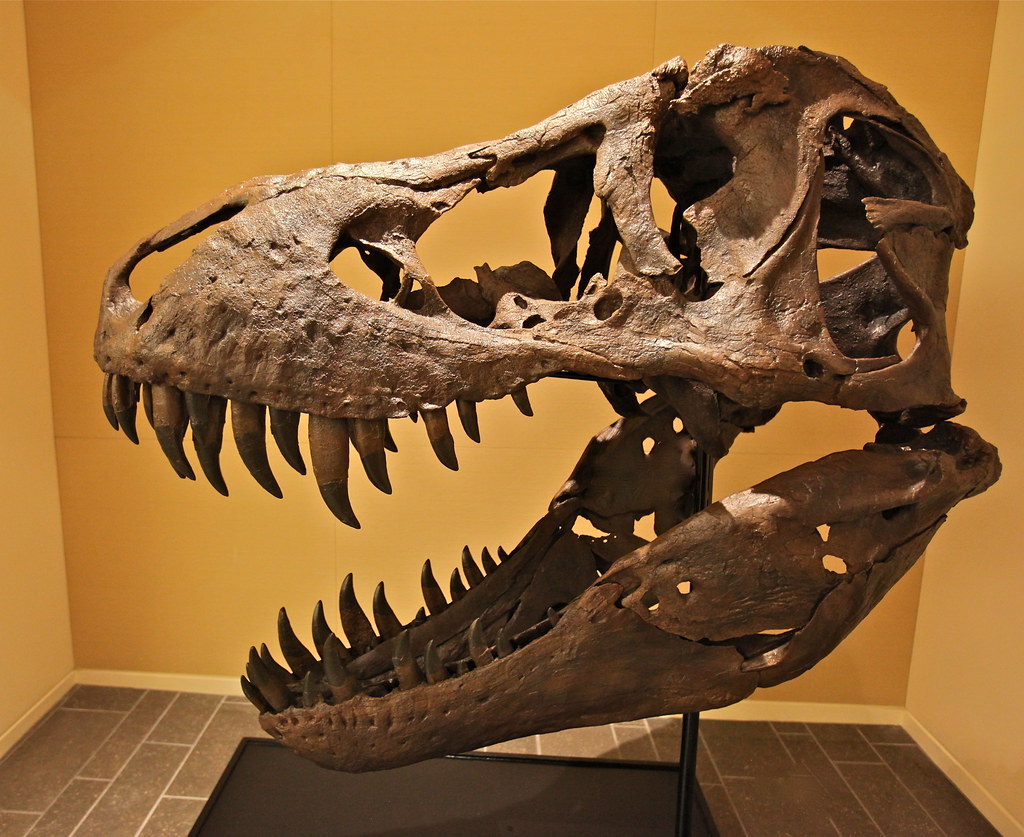
The story started when Liam, Jessin and Kaiden found a dinosaur bone when they were hiking in North Dakota in 2022. At the time, Liam was seven, Jessin was 10 and Kaiden was nine. Two brothers and a cousin, between seven and 10 years old, found a dinosaur bone when they were hiking in North Dakota’s Badlands area in 2022. The bone turned out to be part of the skeleton of an adolescent Tyrannosaurus rex.
Only four skeletons of adolescent T. rexes have ever been found. Two brothers, their dad, and a cousin found the fossil, and with the help of some dinosaur experts, they eventually learned it was a T. rex. The fossil wasn’t just of any T. rex, but a teenage one. Based on bone structure and size, the Teen Rex specimen is believed to have been about 13 to 15 years old at the time of death. It measured roughly 25 feet long, significantly smaller than adult T. rex specimens that could reach 40 feet. This growth stage – in between juvenile and adult – is poorly understood, making the new fossil an essential piece of the puzzle.
Lyson thought the dinosaur the boys found would turn out to be a duckbill dinosaur, which is fairly common for the area. Instead, “we found the lower jaw with several teeth sticking out of it,” Lyson told The Associated Press. Right away, he knew he was looking at “giant tyrannosaurus teeth.” He recommends they “put down their electronics and go out hiking.”
Kevin Terris and the Baby Duck-Billed Dinosaur
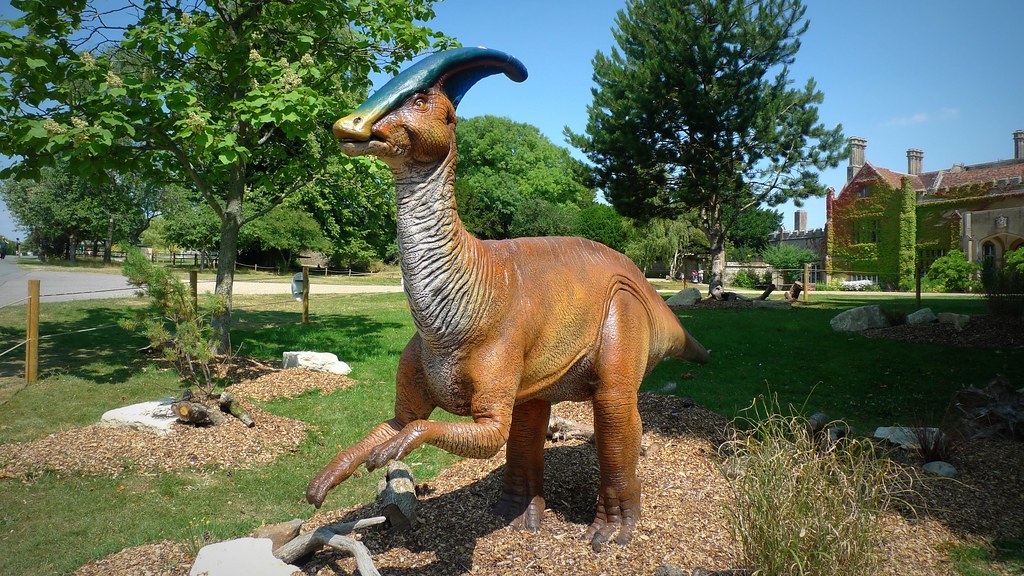
It’s fitting that the youngest duck-billed dinosaur ever discovered was unearthed by a kid, not a wizened paleontologist. In 2009, Kevin Terris was conducting paleontology fieldwork for a high-school class when he discovered some baby dino bones sticking out from under a boulder in Utah’s Grand Staircase-Escalante National Monument.
With help from Andrew Farke, a paleontologist and curator at Raymond M. Alf Museum of Paleontology in Claremont, Calif., Terris and his classmates unearthed the remains of a Parasaurolophus, a Cretaceous-era herbivore, which roamed the Earth about 75 million years ago. Terris’ discovery is the smallest, youngest and most complete duck-billed Parasaurolophus ever found.
This remarkable find shows how educational field trips can lead to genuine scientific breakthroughs. The discovery provided researchers with valuable insights into how these ancient herbivores developed and grew. Kevin’s find demonstrates that sometimes being in the right place at the right time, combined with a curious mind, can lead to discoveries that reshape our understanding of prehistoric life.
Matthew Berger’s Ancient Human Ancestor Find
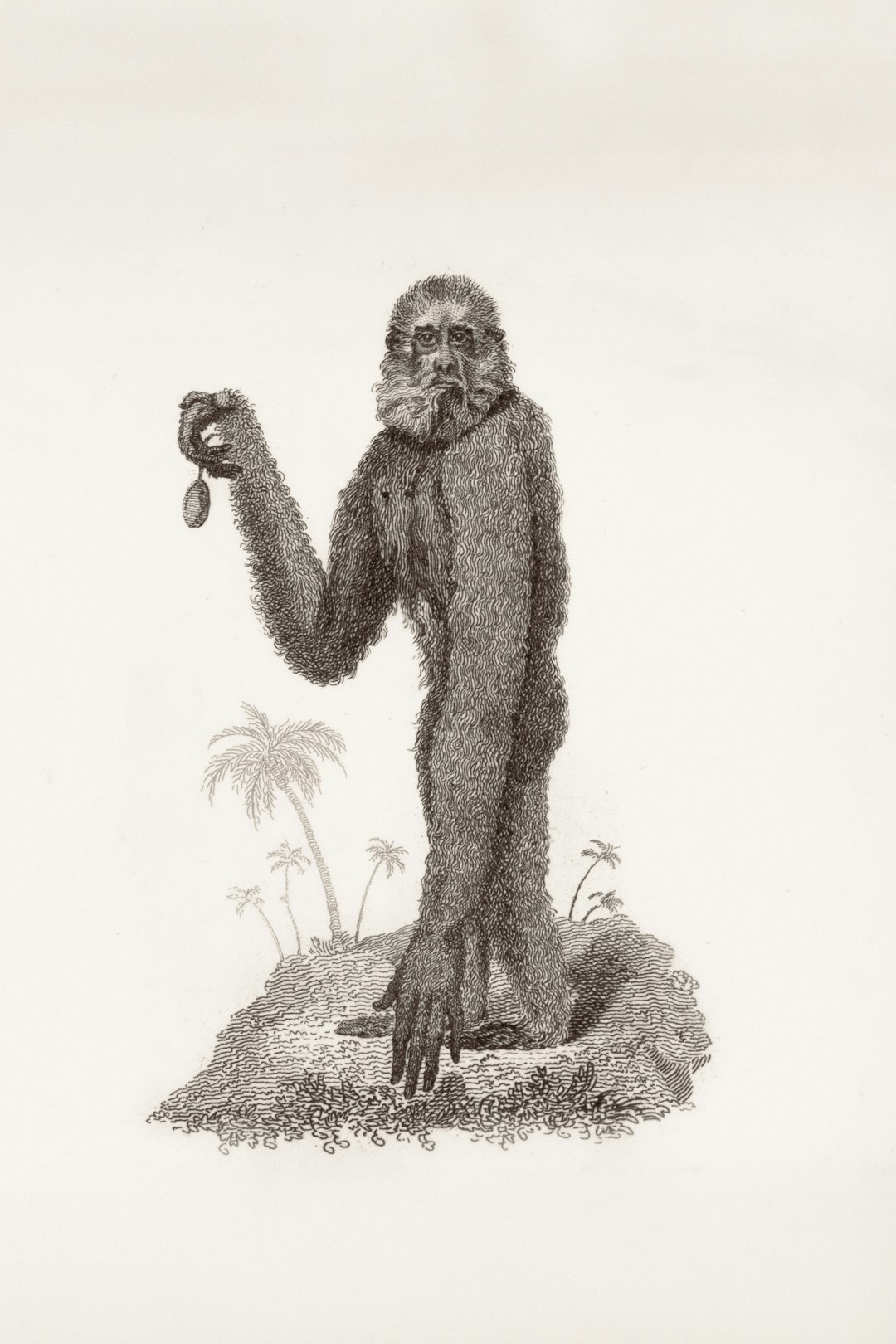
In 2008, 9-year-old Matthew Berger was spending a day with his archaeologist dad at a dig near Johannesburg, South Africa, when he discovered what were later identified as the remains of one of mankind’s ancient relatives, Australopithecus sedib Like most children, 9-year-old Matthew Berger was not one to sit still and so when his dad, an archaeologist was working at a dig near Johannesburg, South Africa, he went out on his own to do some exploring nearby. Just outside the site Lee Burger, Matthew’s father was canvassing, the 9-year-old found bones that were later identified as the 2 million-year-old remains of Australopithecus sediba, a prehistoric relative of humans.
This discovery inspired the whole team to dig up the site where Matthew had found the bones and surely, they unearthed two skeletons, one of an adult female and one of a juvenile male. The most fascinating part is that upon detailed study and research, scientists concluded that the fossils were in fact remains of a previously unknown ancient human ancestor.
To keep the spirit of kid-fueled discovery alive, children in South Africa were invited to help name the juvenile male skeleton. The ancient kid is now known as Karabo, a Setswana word that means “answer.” Though technically not a dinosaur, this discovery shows how children’s natural restlessness and curiosity can lead them to stumble upon some of the most important fossil finds in human history.
Lily Wilder’s Perfectly Preserved Dinosaur Footprint
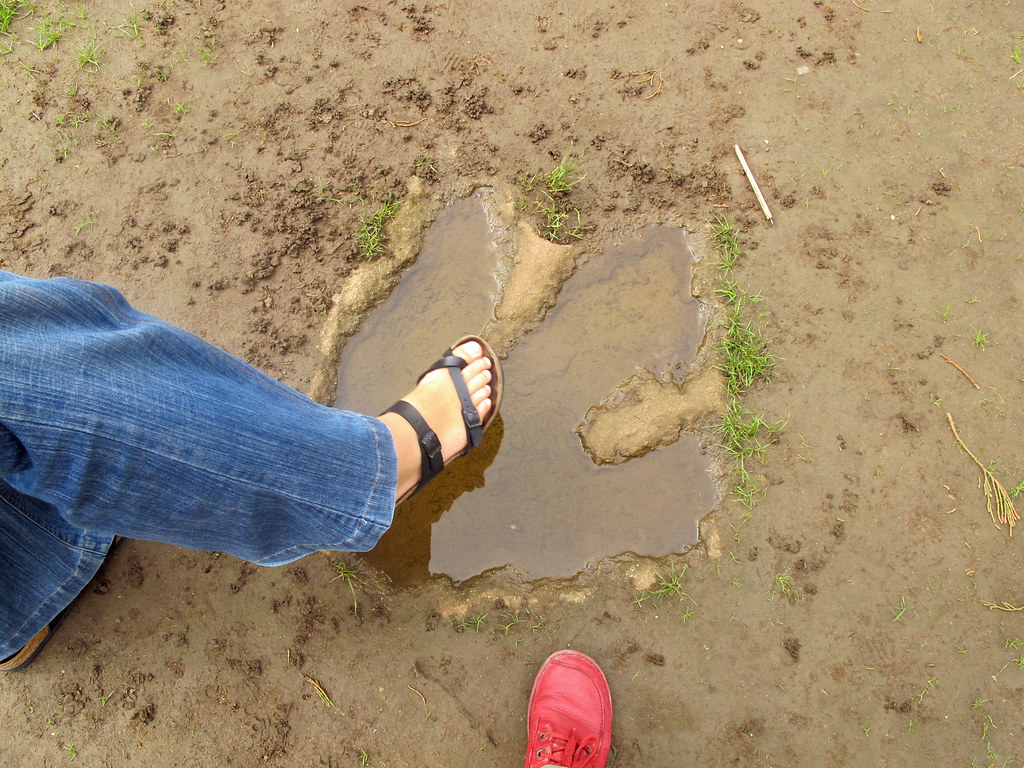
At the end of January, four-year-old Lily Wilder spotted a dinosaur footprint on the beach at Bendricks Bay in Wales, Steve Inskeep reports for NPR. Now, that footprint is on its way to a museum. The bay is well known – and protected by the Geological Society of London – for its fossilized footprints and layers of sediment deposits. The rock formation is about 220 million years old, and the first dinosaurs appeared about 230 million years ago, so the footprints at Bendricks Bay are a mix of early dinosaur and crocodilian species.
The footprint that Lily found is one of the region’s best-preserved footprints, National Museum Wales says in a statement. Luckily, it was at just the right height for an observant kid to see it. The footprint “is one of the best-preserved examples from anywhere in the U.K. and will really aid paleontologists to get a better idea about how these early dinosaurs walked,” says Amgueddfa Cymru-National Museum Wales paleontology curator Cindy Howells in the statement.
The print will go to the museum’s collections, where it can be used for research. When it goes on display, Lily’s name will be listed beside it. What makes this discovery special is not just its scientific value, but how perfectly it demonstrates that sometimes the most important finds are hiding in plain sight, waiting for the right person to notice them.
Conclusion
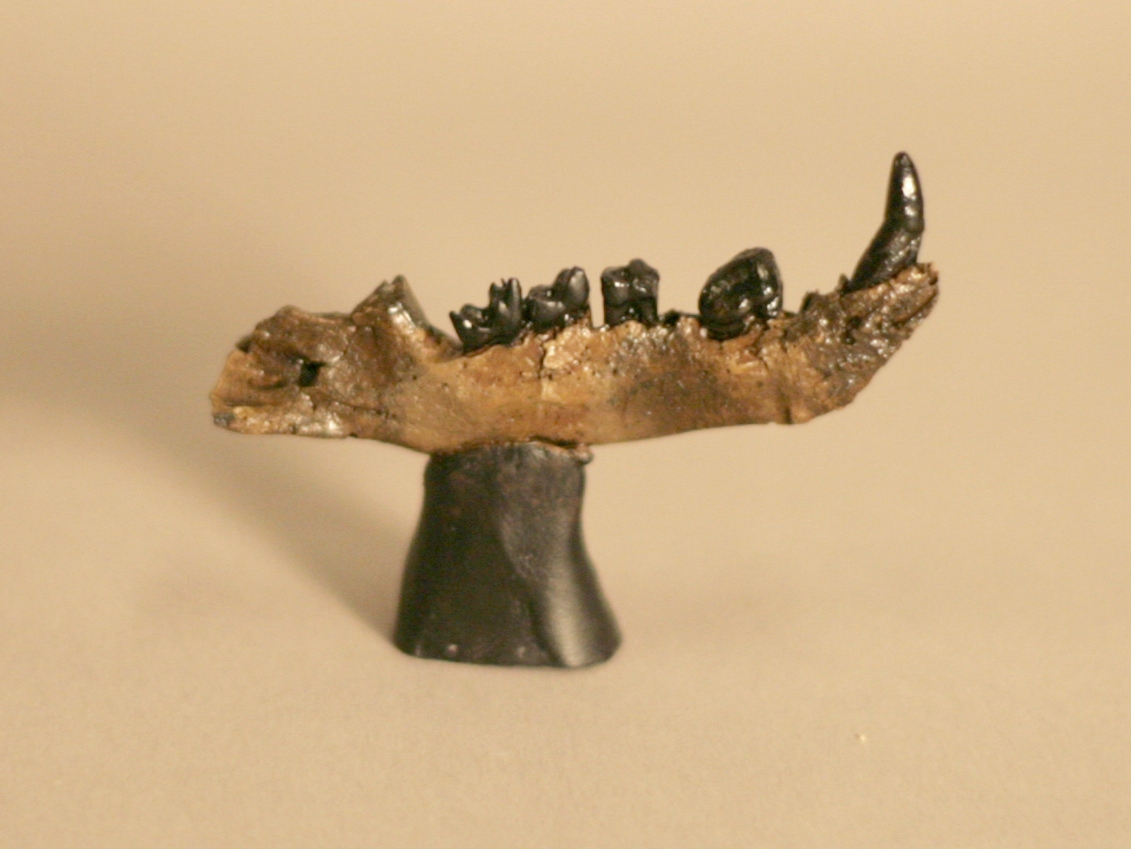
These remarkable discoveries made by children remind us that scientific breakthroughs don’t always come from laboratories or university research teams. Sometimes they come from curious kids who notice something unusual during a family hike or beach walk. Paleontologists are constantly learning new things about these ancient animals – in fact, scientists find more than 45 new dinosaur species each year!
Each of these young discoverers has left an indelible mark on paleontology, with their names literally written in scientific history. Their finds have helped scientists understand everything from dinosaur growth patterns to ancient ecosystems, proving that age is no barrier to making meaningful contributions to our understanding of the prehistoric world.
What do you think about these amazing discoveries ? Tell us in the comments.

